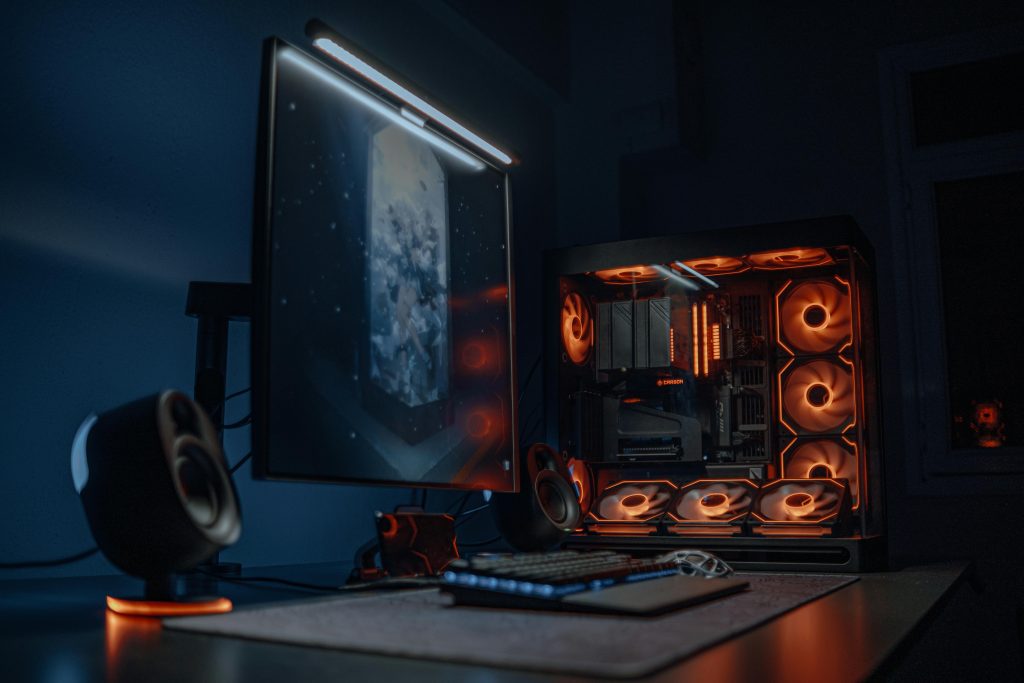Troubleshooting Persistent Ghost Drive in Windows Explorer: A Step-by-Step Guide
Are you frustrated with a lingering drive letter or shortcut in Windows Explorer that seems to have no apparent origin? Many users encounter situations where a seemingly “phantom” drive remains visible, often associated with cloud storage services like Dropbox. Despite efforts to remove it, the drive persists, causing confusion and clutter. If you’ve tried deleting registry entries and stopping related services without success, don’t worry—there are effective solutions to resolve this issue.
Understanding the Issue
In some cases, residual drives or shortcuts can remain in Windows Explorer even after uninstalling applications like Dropbox. These ghost drives may appear as disconnected or “empty” devices, often presenting error messages such as “Make sure the device or drive is connected or the disc is inserted.” This can be caused by leftover registry entries, misconfigured drive mappings, or lingering virtual drive configurations.
Step 1: Verify and Remove Drive Mappings
- Press
Win + Xand select Disk Management. - Look for any drives associated with Dropbox or unfamiliar labels.
- If you find such drives, right-click and choose Change Drive Letter and Paths….
- Select the drive and click Remove to unassign the drive letter.
Step 2: Check for Virtual Drives and Mount Points
- Open File Explorer and navigate to This PC.
- Right-click on the ghost drive and select Properties.
- Go to the Hardware tab and identify the device.
- Use Device Manager (
Win + X, then select Device Manager) to locate virtual drives or unfamiliar devices. - Right-click the device and select Uninstall device. Be sure to check Delete the driver software for this device if prompted.
Step 3: Clean Up Residual Registry Entries
Sometimes, leftover registry keys can cause phantom drives to reappear. Caution is advised when editing the registry:
- Press
Win + R, typeregedit, and press Enter. -
Navigate to the following keys:
-
HKEY_CURRENT_USER\Software\Microsoft\Windows\CurrentVersion\Explorer\MountPoints2 -
HKEY_LOCAL_MACHINE\SYSTEM\CurrentControlSet\Services\Disk -
Carefully search for references related to Dropbox or the drive letter in question.
- Export and then delete any suspicious entries after ensuring they
Share this content:



